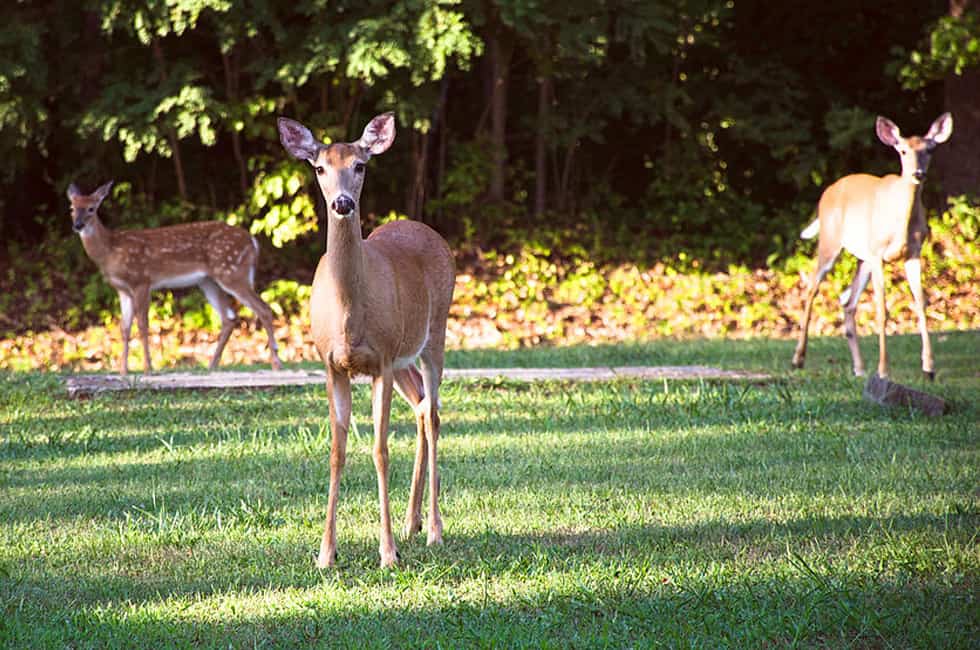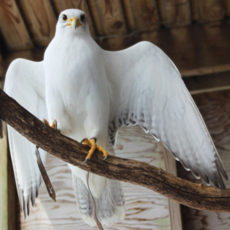Announcements

Thursday, August 30, 2018
9:00am - 12:00pm
Cataloging the impact of deer on forest ecosystems is imperative to proper land management and in preserving biodiversity in our region.

Motorists, gardeners, hunters, foresters, and homeowners are all impacted by deer abundance levels. This may be through car collisions, disease transmission, landscape destruction, or over-browsed woodlands. Cataloging the impact of deer on forest ecosystems is imperative to proper land management and in preserving biodiversity in our region. There are many methods of determining deer impacts and this workshop will give us skills in using a specific method referred to as AVID* (Assess the Vegetation for Impacts from Deer).
Join professional naturalists to learn how to identify important wildflowers and local trees and recognize evidence of deer impacts. Participants are asked to establish and revisit their study plots annually to collect ongoing data. These plots can be on private or public land. The workshop will include a one-hour indoor segment as well as two hours outdoors utilizing the Clearpool Model Forest to ID deer impacts. This event will be held rain or shine. Outdoor attire suggested.
*AVID is a method for volunteers, foresters, landowners and others to Assess the Vegetation for Impacts from Deer. Wildflowers and/or tree seedlings are selected and measured each year for several years to evaluate the impact of deer browsing. Field data collected by individuals and organizations across New York State, and submitted to a central database, will be used to track tree, shrub and wildflower response to deer browsing over time. Knowledge of how deer impacts change through time will help guide deer management decisions at local and state levels. Participants will document changes in forest plants on their own land, or land in their communities, and also will learn to identify important spring wildflower and tree species, and to recognize evidence of deer impacts based on the presence or absence of key wildflower, shrub, and tree indicator species. Visit aviddeer.com to learn more.
Contact Matt Smetana, Model Forest Facilitator at [email protected] or 845.216.0239

Crowned the best for falconry in medieval times, gyrfalcons were once reserved for kings. As the largest falcon in the world, with exquisite plumage ranging from bright white to deep charcoal, gyrs are revered for their powerful skill of flight. Their long wings make hunting waterfowl from 3,000-feet-high a feasible and fantastical feat. This falcon was flown in the sport of falconry for several years.